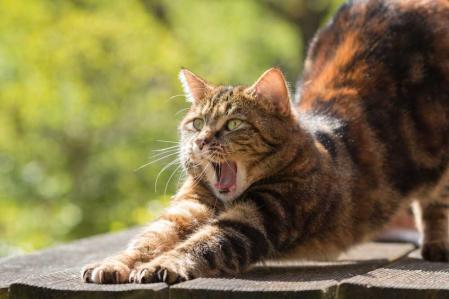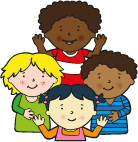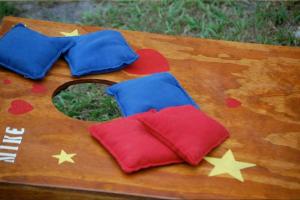Teaching Children to Write Opening Sentences
“The Herdmans were absolutely the worst kids in the history of the world.” – The Best Christmas Pageant Ever, by Barbara Robinson.
The very first line in a book can almost tell a story in itself.
Whether they’re shocking, funny or curious, opening sentences are far more than just ‘a place to start’. Often called a ‘topic sentence’, opening sentences should identify the main idea and point of the paragraph (or short story).
The budding writers in your class have a challenge – to make others not only want to read their story, but be excited to read on!
If this sounds like a challenge to teach, just take a look at our tips to make opening sentences inspirational (including examples!)
1. Themed sentence starters.
To get your class to appreciate how powerful that first sentence can be, hit the ground running with some sentence starters. These can initially offer a light theme, so there’s not too much pressure to be creative. You could try:
- Her favourite place to go was…

- The best day ever was…
- He remembered when….
- If I could fly…
Do the children have this locked down? Great! Then it’s time to increase the challenge with…
2. Free sentence starters.
With the theme taken away, children need to get into creative mode – but this is a good thing. It’s the opportunity to tell your own story, in your own way. Can the children demonstrate the theme of the story, in just the opening sentence?
- She saw….
- Look at the…
- He had a…
- I like my…
- Everyone should…
If you'd like more ideas, check our blog!
3. Don’t forget to stretch!
 If we didn’t have a stretch every once in a while, we’d probably get a cramp at our desk. Sentences are much the same – if you don’t stretch them out with connectives, they’re often not at their best.
If we didn’t have a stretch every once in a while, we’d probably get a cramp at our desk. Sentences are much the same – if you don’t stretch them out with connectives, they’re often not at their best.
Try the exercise again, and if they children aren’t doing so naturally already, ask them to make sure that at least one connective is added (but not so many that the sentence runs on). You only get one opening sentence in a story, so let’s make it an interesting one!
‘She saw a monkey and was surprised’ makes the reader far more curious than ‘She saw a monkey’.
Why was she surprised? What was the monkey doing in a surprising place? Tell us more!
4. Let the children help each other to be creative.
 We’ve discussed previously that children can be reluctant to write, and how shyness can often account for this behaviour.
We’ve discussed previously that children can be reluctant to write, and how shyness can often account for this behaviour.
If some children are struggling to produce ideas which can power an exciting opening sentence, try asking the whole class to write a one-word theme on a piece of paper. Holidays, space, aardvarks, whatever they fancy.
All of the themes can then be put in a hat, so the class can pick one each at random (no cheating – if you get your own, you need to put it back!)
You can then return to the free sentence starters. Do they now have the confidence to write a sentence that fits the theme?
5. Finish the lesson with the beanbag game.
Ready to let off some steam? You’ll need to be full of beans to win the beanbag sentence game!
Grab a beanbag and stand in a circle with the whole class. You must verbally start a sentence, then throw the beanbag to a child at random. They need to continue the sentence and – to stay in the game – they must start as soon as they catch the beanbag. Any hesitation means you’re out!
As the teacher, you can decide how many throws of the beanbag are best (so if the class struggle with keeping sentences short, it might be good practice for the beanbag to only be thrown twice before a new sentence begins).
The last one standing is the opening sentence superstar!
How can Mighty Writer help?
Mighty writer is a highly Visual and tactile resource. It engages children by allowing them to use pictures and symbols to create and edit sentences. creating different meanings and effects. most importantly it teaches children how to then picture their ideas and sentences in their head and move them around to create the desired effect - exactly what they need to be able to do to be an author. Please click on the link below to find out more about the impact mighty writer could have in your classroom.

